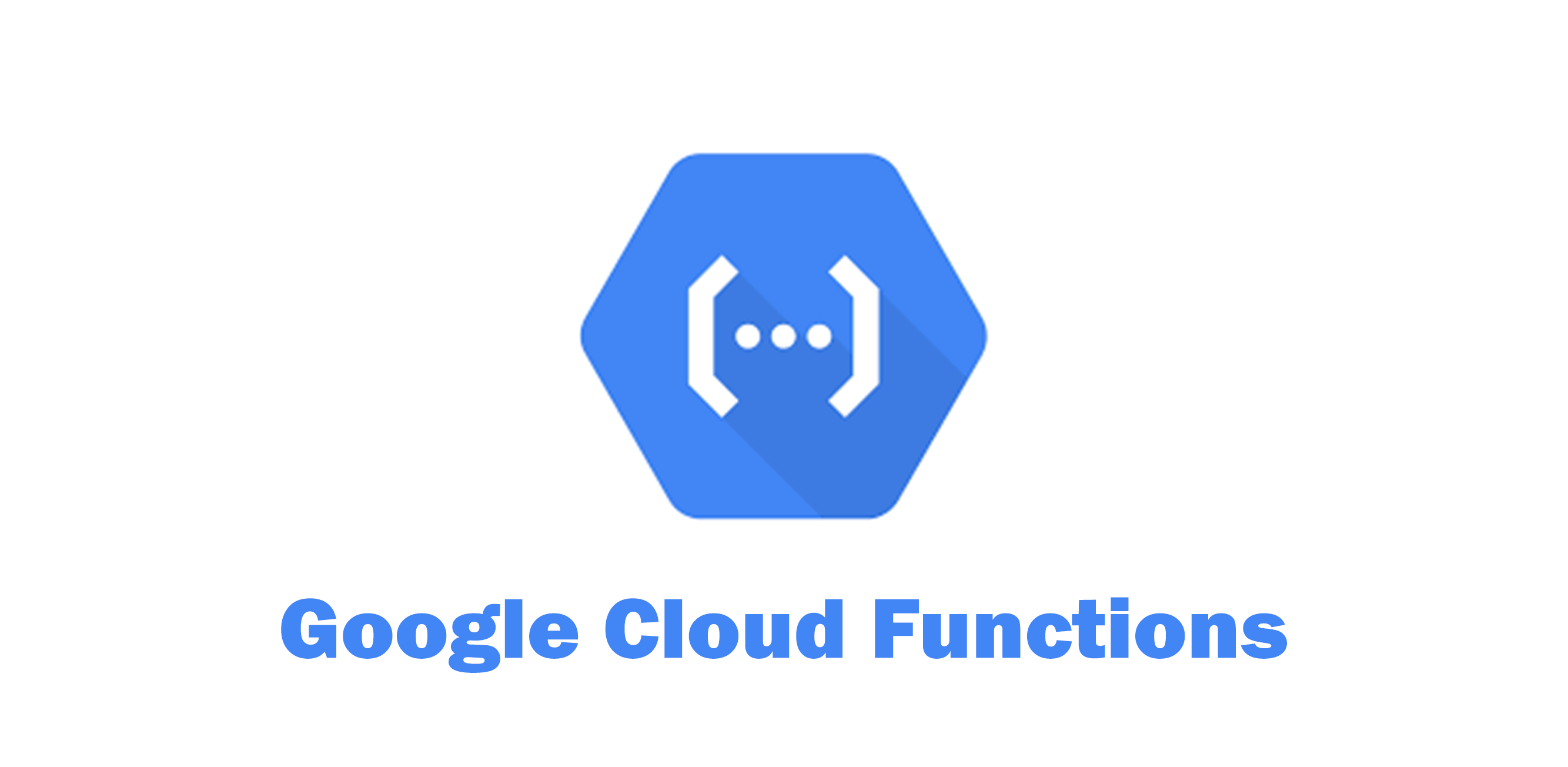How to print access token inside Cloud Function
As Cloud Function supports many programming languages, this article will use Python for the demonstration

If anyone has used the Google Cloud Function, they probably stuck at the limited system packages [1].
There is no curl or wget, and could not customize the runtime system.
Like the document stated, it is a fully managed environment.
Someone may jump out and yell out the name Cloud Run.
Yes, Cloud Run will be the successor of Cloud Function in many aspects.
However, it does not support the trigger from the Cloud Storage bucket.
Yes, yes, yes, you can use Pub/Sub in Cloud Run to implement the bucket trigger.
But why not keep it simple?
Use cases
During the local environment testing, we normally use gcloud auth application-default print-access-token [2] to get the authentication to call the Google API endpoint.
It could be integrated into a curl command within a script or subprocess in your code.
You may see the following command in may GCP API tutorials:
curl -H "Content-Type: application/x-www-form-urlencoded" -d "access_token=$(gcloud auth application-default print-access-token)" https://www.googleapis.com/oauth2/v1/tokeninfo
After tested everything working fine on our local machine, it is time to move to the cloud. We assume the Google Cloud will handle the credentials for us, because we are accessing resources withing the GCP, and using the same service account. Our assumption will be busted by the brutal reality. We still need to explicitly create credentials when calling other GCP services.
This becomes a barrier when moving to the Cloud Function.
The initial thought would be using the Python subprocess to call curl command.
As stated above, the curl does not exist and could not be installed in the Cloud Function system.
Luckily, the curl command can easily be replaced by the Python request package.
But, how about the gcloud auth? It is also not included in the system packages.
So here is the solution.
Solutions
We know there is a google-auth Python package [3] to handle GCP related authentications.
The google.auth.default() could return a credential object which has a token field.
Looks promising, isn’t it?
How about getting the token from google-auth?
So I wrote the following code:
(The following code could be directly run in Cloud Function)
import google.auth
def get_token(request):
cred, project_id = google.auth.default()
return f'{cred.__dict__}'
Well, the output shows nothing:
{'token': None, 'expiry': None, '_scopes': None, '_service_account_email': 'default'}
The google-auth package is not open source, so I could find the logic when the token field is populated. Therefore, I came up with an assumption that the token field would be populated during usage. I will use Document AI as an example, you could use other GCP services, I think the logic behind should be the same. I rewrite the sample code [4] to fit the Cloud Function:
import google.cloud.documentai as gcd
import google.auth
def get_token(request):
cred, project_id = google.auth.default()
gcd_client = gcd.DocumentUnderstandingServiceClient(credentials=cred)
req = gcd.ProcessDocumentRequest(
parent=f"projects/{project_id}",
input_config={
'gcs_source':{
'uri': 'gs://cloud-samples-data/documentai/form.pdf'},
'mime_type':"application/pdf"},
document_type="general",
form_extraction_params={'enabled': True})
return f'{cred.__dict__}'
Still, the token is None.
Okay, seems it has not been updated at all.
I only used the document AI package initialization to avoid the extra charge on invoking the actual process.
However, if we actual process the document by adding response = gcd_client.process_document(request=req) before the return statement.
The magic happens.
import google.cloud.documentai as gcd
import google.auth
def get_token(request):
cred, project_id = google.auth.default()
gcd_client = gcd.DocumentUnderstandingServiceClient(credentials=cred)
req = gcd.ProcessDocumentRequest(
parent=f"projects/{project_id}",
input_config={
'gcs_source':{
'uri': 'gs://cloud-samples-data/documentai/form.pdf'},
'mime_type':"application/pdf"},
document_type="general",
form_extraction_params={'enabled': True})
response = gcd_client.process_document(request=req)
return f'{cred.__dict__}'
To avoid the security breach, I will not post the output here.
You will see the token field has the value we are seeking for.
Well, we have to pay for the usage of the document AI API calls.
Need simpler
We could use the Cloud Logging SDK, which does not need many details for the request body. Comparing to the previous method, the cost is even lower, almost free [5].
import google.auth
import google.cloud.logging as cloud_logging
def get_token(request):
cred, _ = google.auth.default()
cloud_client = cloud_logging.Client(credentials=credentials)
log_name = 'cloudfunctions.googleapis.com%2Fcloud-functions'
cloud_logger = cloud_client.logger(log_name)
all_entries = cloud_logger.list_entries(page_size=1)
entries = next(all_entries.pages)
return f"{cred.__dict__}"
More simpler
If we could use different Cloud Python SDKs, is there an SDK can have a minimal number of line of code? Yes, here is what I found – Cloud Translate, which charges based on the translated characters [6]. So we only need to process one char to obtain the token. The free tier quota (500,000 chars) is big enough for testing purposes.
from google.cloud import translate_v3
import google.auth
def get_token(request):
credentials, project_id = google.auth.default()
client = translate_v3.TranslationServiceClient(credentials=credentials)
parent = client.location_path('project-id', 'us-central1')
response = client.translate_text('a', target_language_code='en', parent=parent)
return f"{credentials.__dict__}"
The pattern is:
- Get credential object from google.auth.default()
- Initialize a Cloud Service SDK and pass in the credential object as a parameter
- Call the service API with minimal cost data, the token will be populated into the credential object
You can come up with your solution by using different Python SDKs [7].
Mission complete!?
Ultimate solution
If there are Python SDKs for GCP services, why bother to get the access token, call them directly in your code.
Anyway, this is a great example of rebuilding the wheel process, hope can provide some insights!
[1] https://cloud.google.com/functions/docs/reference/python-system-packages
[2] https://cloud.google.com/sdk/gcloud/reference/auth/application-default/print-access-token
[3] https://google-auth.readthedocs.io/en/latest/
[5] https://cloud.google.com/stackdriver/pricing